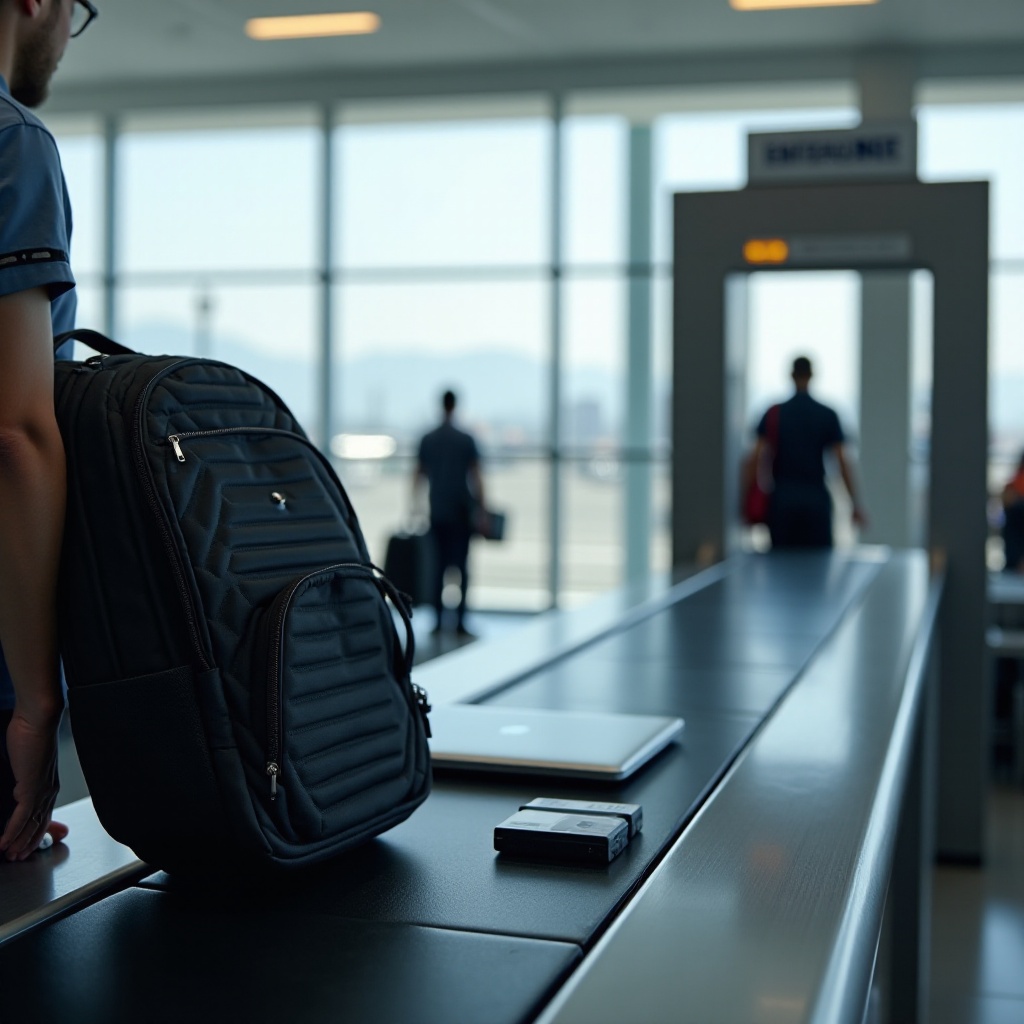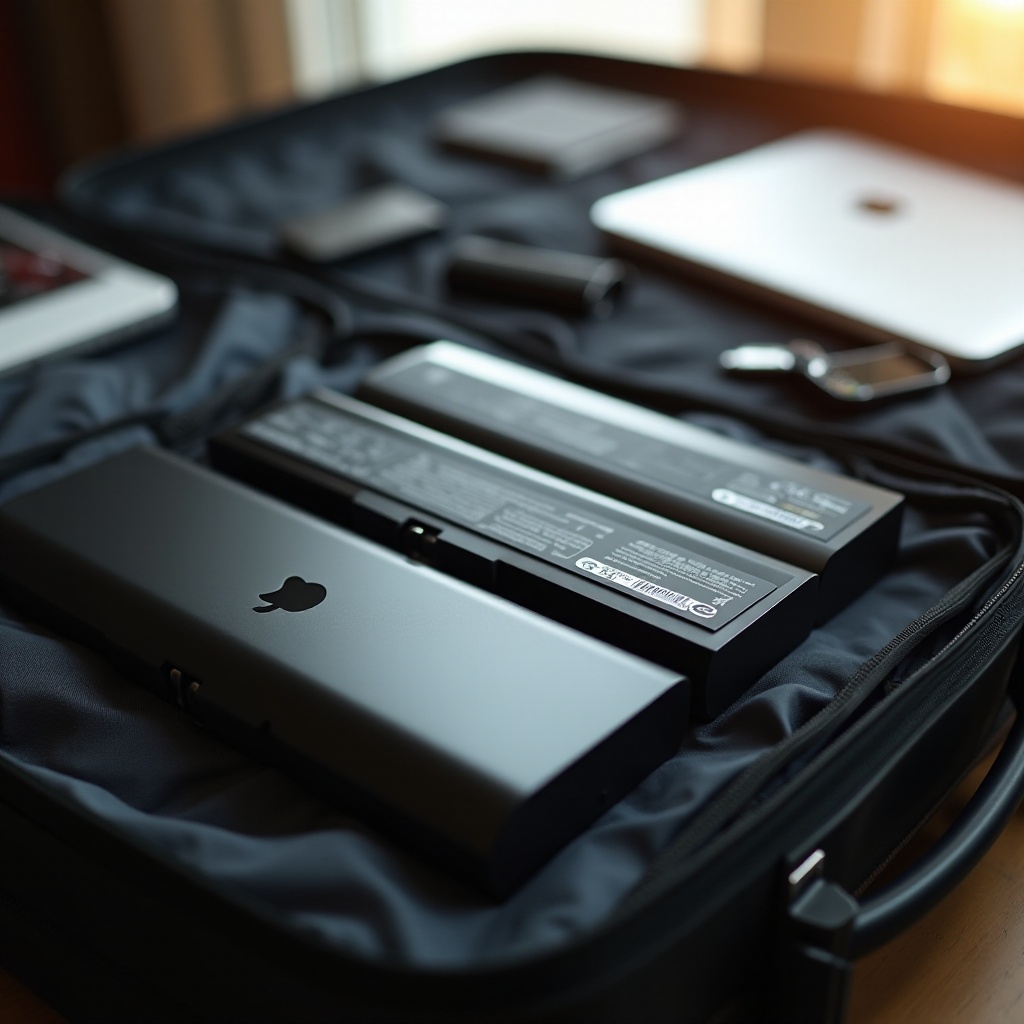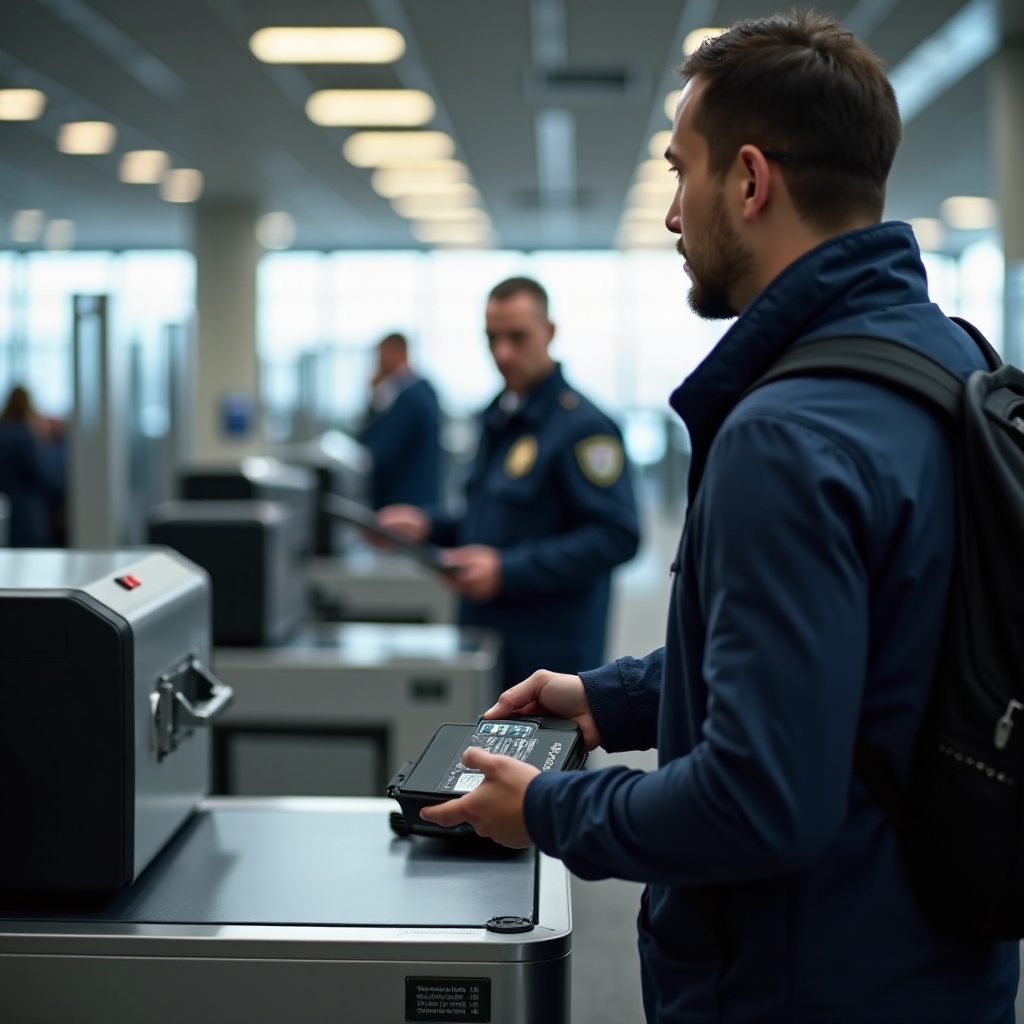Introduction
Traveling with tech devices like laptops is commonplace, but there are specific regulations about carrying extra batteries on planes. Many travelers wonder, ‘Can I bring two laptop batteries on planes?’ Understanding the rules can help avoid inconvenience during security checks. This article addresses airline regulations, types of batteries allowed, proper packing techniques, and advice from frequent flyers. We will also cover frequently asked questions to clarify common doubts related to carrying laptop batteries on planes.

Understanding Airline Regulations
Airline regulations regarding laptop batteries are stringent due to safety concerns. The International Air Transport Association (IATA) and many airlines have specific guidelines to prevent potential hazards from battery-related issues. It’s crucial for travelers to comprehend these rules to avoid hassles at the airport.
Airlines usually allow passengers to carry spare batteries in their carry-on baggage but often restrict their placement in checked luggage. The restriction aims to ensure batteries are easily accessible in case of overheating. Always check the specific regulations of the airline you are flying with, as policies can vary. Additionally, adhering to the guidelines ensures that you can travel without disruption.
Types of Laptop Batteries Allowed
Smooth travel requires an understanding of the types of laptop batteries and their regulations. Let’s explore the differences and guidelines around Lithium-Ion and Lithium-Polymer batteries, the two most common types used in laptops.
Lithium-Ion vs. Lithium-Polymer
The two most common types of laptop batteries are Lithium-Ion (Li-Ion) and Lithium-Polymer (Li-Poly). These batteries power many of our portable devices because they are efficient and long-lasting. However, their powerful energy storage comes with risks, particularly related to overheating and fire hazards, which is why airlines have strict regulations concerning them.
Capacity Limits and Regulations
The capacity of laptop batteries is another crucial factor. Most airlines follow the guidelines set by aviation authorities allowing batteries with capacities up to 100 watt-hours (Wh) in carry-on luggage. For batteries with capacities between 100 and 300 Wh, you may need the airline’s approval. Batteries exceeding 300 Wh are typically not permitted. Always verify the capacities of your laptop batteries before traveling to ensure they comply with these regulations.

Packing and Carrying Laptop Batteries
Now that you understand the types and regulations of laptop batteries, the next step is to pack and carry them correctly. Proper packing not only ensures safety but also helps in clearing security checks without any issues.
Carry-On vs. Checked Luggage
When flying, you should carry laptop batteries in your carry-on luggage rather than checked baggage. This rule applies because carry-on bags are more easily accessible in case of any issues. The Transportation Security Administration (TSA) also recommends carrying spare batteries in their original packaging, or insulating ends with tape, and placing them in a protective case to avoid short-circuiting.
Proper Storage Techniques
Packing laptop batteries correctly is essential for safety. Here are some tips:
1. Carry batteries in their original packaging if available.
2. Use a battery case or wrap terminals with electrical tape to prevent short circuits.
3. Avoid packing batteries near metal objects or other items that could cause a short circuit.
4. Ensure your laptop is turned off and securely packed to prevent accidental activation.
Following these guidelines can help ensure you pass through security smoothly and that your batteries are safe throughout the journey.
Real Experiences and Tips
Hearing from seasoned travelers who frequently fly with tech can offer valuable insights. Personal experiences underscore the importance of adhering to regulations and proper packing techniques.
Frequent Flyers’ Advice
Frequent flyers who often travel with extra laptop batteries have a wealth of practical advice. Many recommend checking the airline’s website or contacting customer service before traveling to understand specific battery regulations. Also, carrying documentation on battery capacity and compliance can sometimes help smooth over any issues at security checkpoints.
Personal Anecdotes
For example, one traveler found that their spare laptop batteries in their checked luggage resulted in having to unpack and repack their suitcase at the airport. Another traveler shared the importance of securely storing and insulating battery terminals to avoid issues during security scans. Learning from these real experiences highlights the importance of preparation and understanding regulations.

Conclusion
Traveling with laptop batteries requires understanding and adhering to airline regulations. By familiarizing yourself with the types of batteries allowed, packing techniques, and seeking advice from frequent travelers, you can ensure a hassle-free journey. Remember, careful preparation is key to avoiding any issues at the airport.
Frequently Asked Questions
Can I bring multiple devices with batteries?
Yes, you can bring multiple devices containing batteries. Each device must be safely packed, and spare batteries must be properly stored.
What should I do if my battery is confiscated?
If a battery is confiscated, cooperate with the security staff. They are acting in the interest of safety. You can inquire about mailing the battery to your destination or returning it to your vehicle if circumstances allow.
Are there any exceptions to the rules?
Generally, exceptions to the standard battery regulations are rare. However, airlines might allow exceptions for medical devices. Always check specific rules with your airline in advance.
